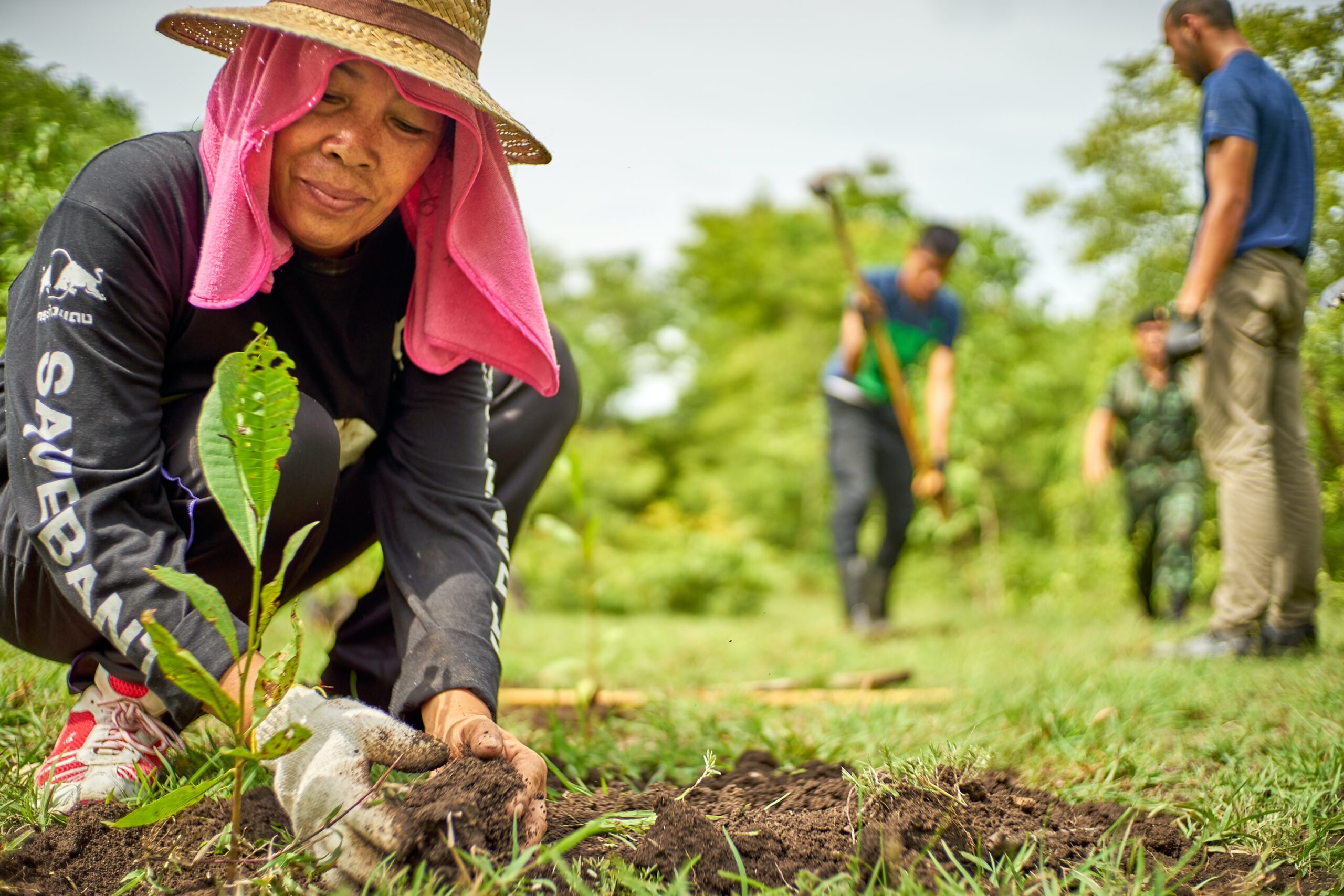Rivers in the Amazon have among the greatest biodiversity in the world. The Xingu River, one of the tributaries of the Amazon River, has a length of 1640 km, draining 510,000 km2 in one of the most protected regions on the planet. The Middle Xingu region in Brazil has been highly impacted by mining and livestock farming, leading to habitat fragmentation due to altered water quality. Therefore, comparing two rivers (the preserved Xingu River and the impacted Fresco River) and their confluence, the aims of the present study were to (1) assess the land uses in the hydrographic basin; (2) determine the water quality by measurements of turbidity, total solids, and metals (Cd, Cu, Fe, Mn, Pb, Zn, and Hg); (3) compare the zooplankton biodiversity; and (4) to evaluate the avoidance behavior of fish (Astyanax bimaculatus) when exposed to waters from the Xingu and Fresco Rivers. Zooplankton were grouped and counted down to the family level. For the analysis of fish avoidance, a multi-compartment system was used. The forest class predominated at the study locations, accounting for 57.6%, 60.8%, and 63.9% of the total area at P1XR, P2FR, and P3XFR, respectively, although since 1985, at the same points, the forest had been reduced by 31.3%, 25.7%, and 27.9%. The Xingu River presented almost 300% more invertebrate families than the Fresco River, and the fish population preferred its waters (>50%). The inputs from the Fresco River impacted the water quality of the Xingu River, leading to reductions in local invertebrate biodiversity and potential habitats for fish in a typical case of habitat fragmentation due to anthropic factors.





































































































































































































































































































































































































































































































































































































































































































































































































































































































































































































































